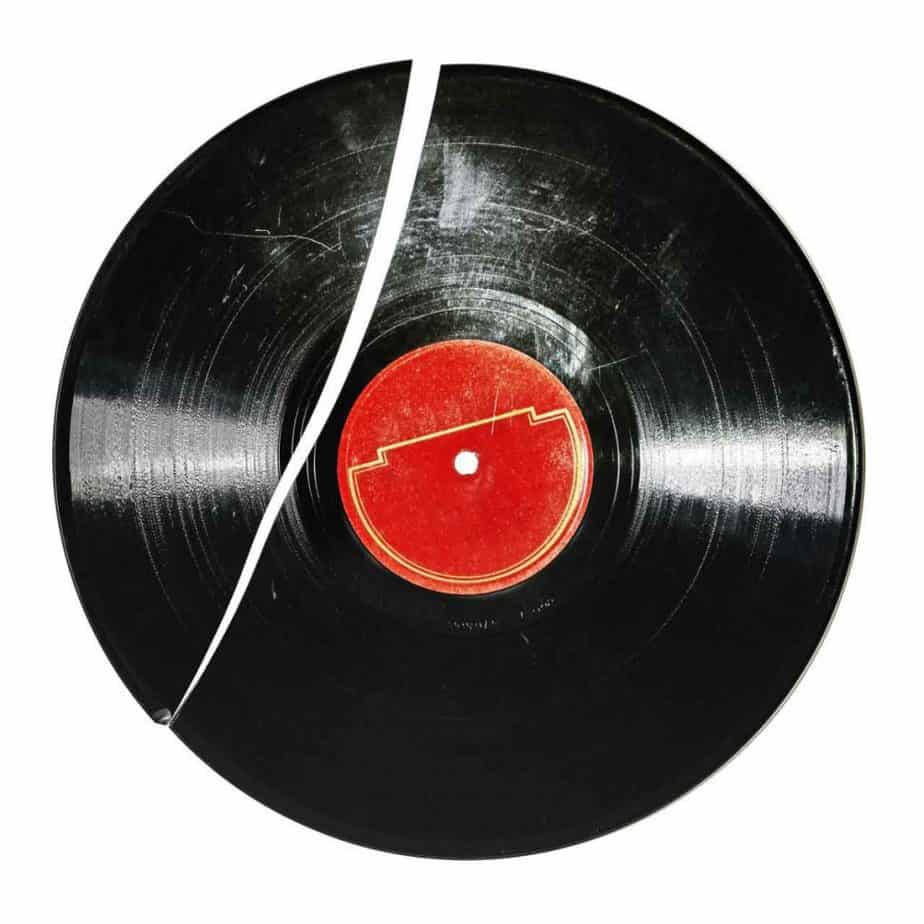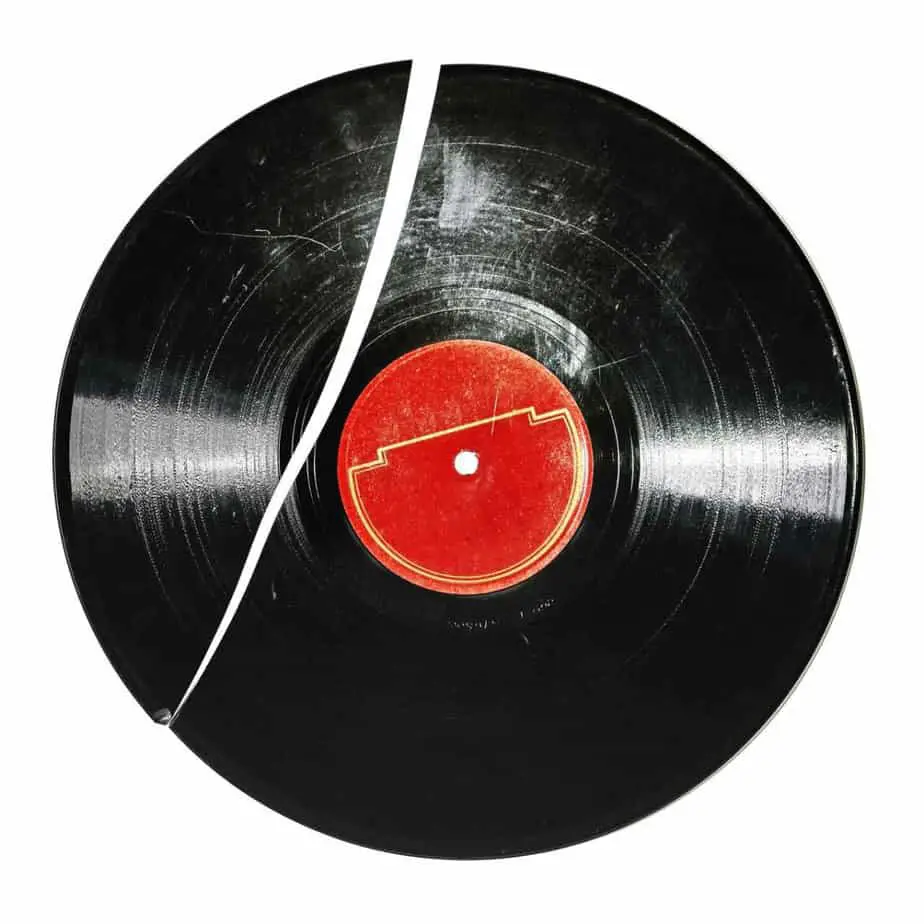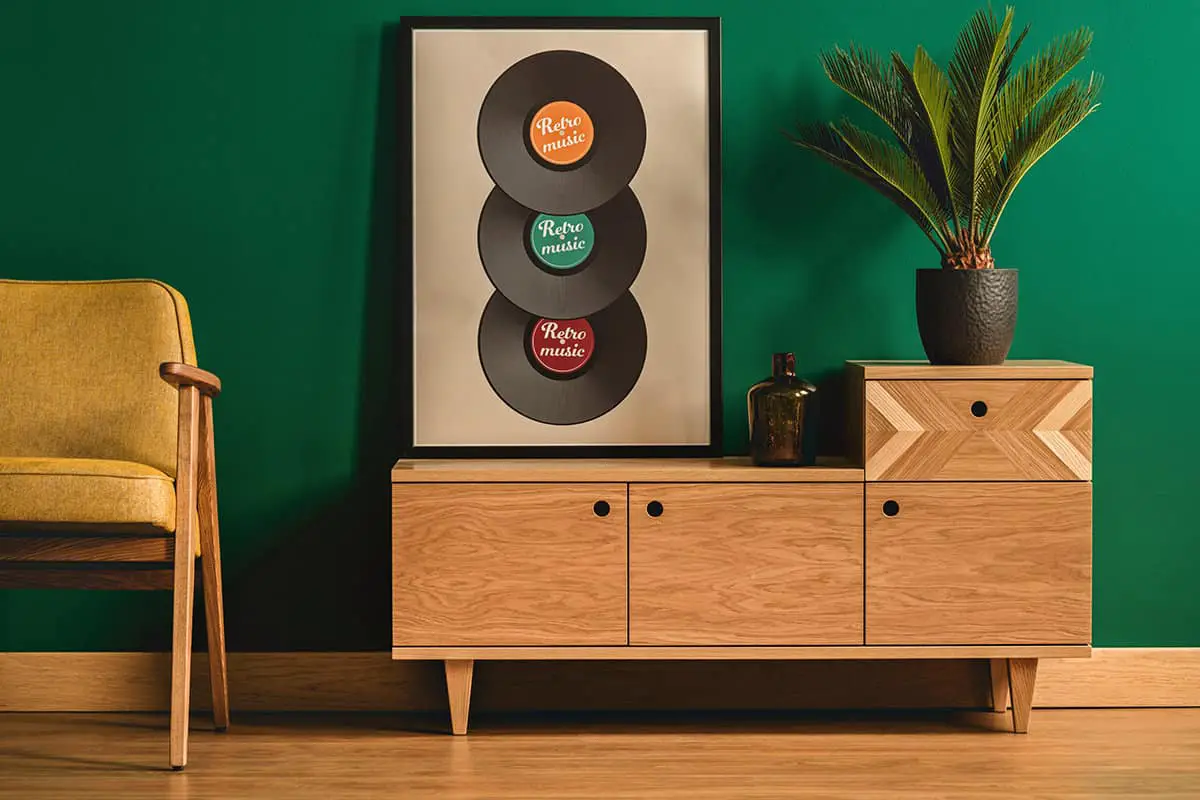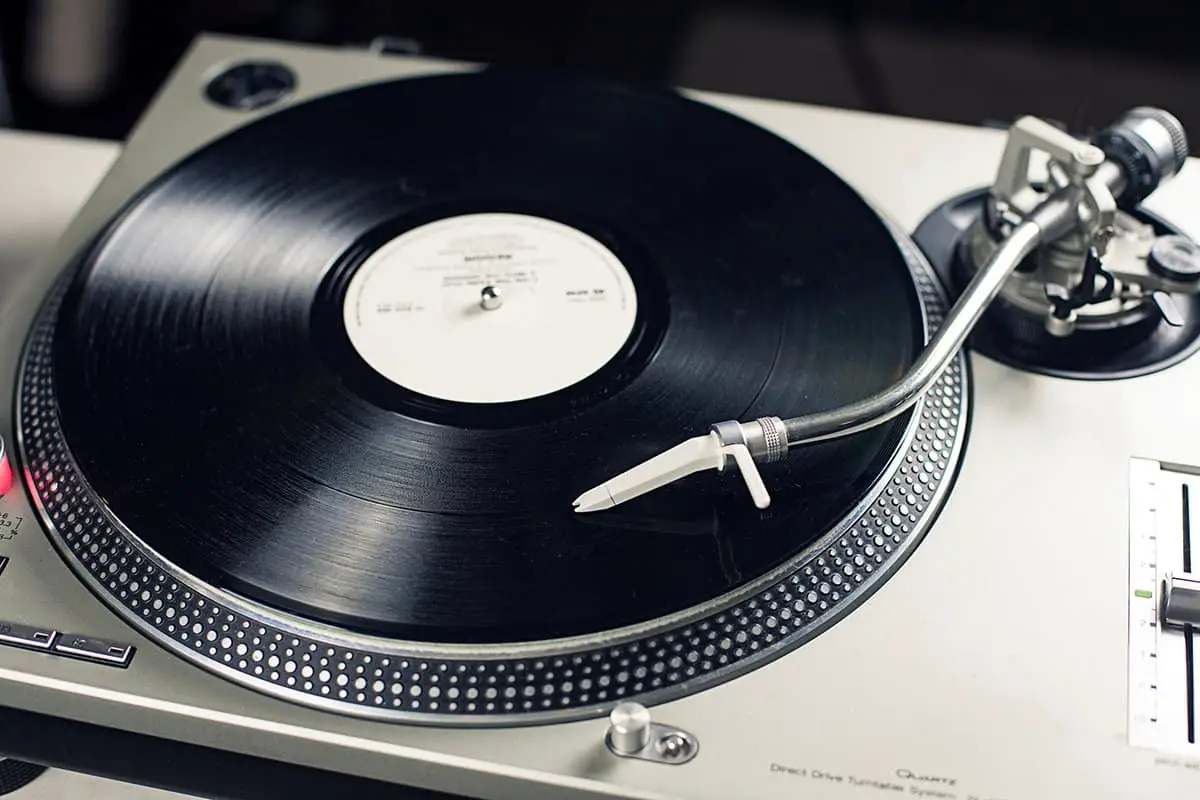This post contains affiliate links.
A record changer is a device that automatically changes your vinyl records so you can play various phonographs without user intervention. They first came out during the late 1920s but were only common until the 1980s. They gradually became rarer because they believed that using these devices can wear, tear, and warp vinyl records.
Automatic record changers can really damage your record. The reason is that these changers drop the vinyl record a little carelessly when it is time to replace the record. The stacked vinyl records can also grind against each other, damaging their surfaces.
To know how record changers damage your vinyl records, you also need to understand how they work.
Table of Contents
How Do Record Changers Ruin Your Vinyl Records?
Most of the time, the mechanisms of record changers are complicated. They hold a stack of vinyl records placed on an extended central spindle. An arm then supports the spindle.
In addition, some units have feelers responsible for detecting the sizes of the records stacked on them.
Once the turntable finished playing a vinyl record, the arm moves out to clear the way, and then the next vinyl record will drop. While using this mechanism can be convenient, the way it drops the records can cause warping in the long run.
Also, since the vinyl records are stacked on top of each other, their surfaces can acquire scratches. These damages on your vinyl records can damage and render them useless.
Audiophiles spurned record changers because they noticed a compromise in reliability in these machines. The reason is that the tonearm changes its angle depending on the height of the stack. Vinyl collectors were also concerned about the rough treatment of record changers on discs.

Apart from scratches and warping, the change in the angle of the tonearm results in collective damage to the records’ spindle holes. Still, this damage results from dropping the vinyl from a height of a few inches going to the stack or record below the turntable platter.
How Do Vinyl Records Work In An Automatic Record Changer?
As mentioned, automatic record changers drop your vinyl record into the platter. For the records to play in the correct sequence, the numbering of the front and back is different. For instance, if you have four vinyl records, the sides are numbered 1 and 8, 2 and 7, 3 and 6, and 4 and 5, respectively.
This sequencing method is popular as “automatic sequencing,” “auto-coupling,” or “changer sequencing.” Vinyl manufacturers record using this format during the pre-LP days, concertos, original cast albums, and classical symphonies.
In addition, manufacturers designed this drop automatic sequence for record changers. This way, the machine simply dropped records instead of reversing the stack for it to play in sequence.
On the other hand, there are also record changers that are capable of reversing the record stack automatically. That includes the record changers manufactured by RCA and GE in the 1930s.
These units kept the vinyl records stacked on top of each other. Once the turntable finished playing a record, the changer slid it to the other side of the stack. This mechanism became famous as the “slide-automatic sequence.”
Dust, Scratching, And Dropping: How They Damage Your Record
Stacking vinyl records on a record changer exposed them to dust. The reason is that when people could play multiple records one after another, they tend to leave the records out of the sleeves for an extended period. As a result, the records accumulated dust.
The more dust that came in contact between the vinyl records and the stylus, the more it produced surface noise. More than that, playing a dusty record could prematurely wear it down and damage the grooves. In time, the vinyl record was destroyed and rendered useless.
Additionally, scratches can ruin your vinyl record and destroy its sound quality. Once a record accumulated scratches, those scratches will remain forever. When the turntable’s needle passes through those scratches, it would no longer produce high-quality audio.
For that reason, you need to ensure that you are handling your record correctly. Unfortunately, proper handling was not something that record changers could do then.
Finally, horizontally stacking vinyl records can warp them. The reason is that the records under the stack will carry the weight of all the vinyl records above them. As a result, the records warp and sometimes crack.
Things That Can Damage Your Vinyl Record
Apart from using record changers, improper handling can also ruin your vinyl records. Vinyl records are delicate things. For this reason, you need to know the things that can damage it so that you can easily avoid them.
Using household cleaning materials for cleaning your records
When you search on the internet for tutorials on how to clean your vinyl records, you will see a lot of suggestions. However, some of these tutorials can cause damage to your records instead of cleaning them.
For instance, one of the most common cleaning suggestions on the internet today is to use household cleaning materials like Windex. However, the problem is that most household cleaning materials contain harsh chemicals. So, using them on your vinyl records can destroy their surfaces.
Additionally, some people use a regular brush to remove dust from their records. But that can also scratch the surface of your record. For this reason, you should instead use an anti-static record brush when removing dust from your vinyl record.
You may also want to read these articles that I wrote:
- Why You Should Never Use Windex To Clean Vinyl Records
- How To Properly Use WD-40 To Clean Vinyl Records
Cleaning The Stylus
Even if you are cleaning your record diligently, dust and other debris can accumulate on the stylus of your turntable. At first glance, this issue may not seem like a big deal. But in reality, the dirty stylus can lead to tracking problems such as skipping when you are playing music.
The dirty stylus can also cause surface noise.
Improper Handling
When handling your records, you should only touch the label and outer edges. Touching the surface of your vinyl records will cause them to accumulate oil, grease, and dirt from your hands. Dust will stick to these oils, which will lead to stubborn surface noise.
In addition, you can accidentally scratch your vinyl record with your fingers.
Wrong Storage Technique
Many vinyl owners let their records fall off as soon as they insert the edge to the record sleeve. As a result, the edge of the record warps and can destroy it in the long run. Additionally, not opening the sleeve enough will cause friction on the record and can potentially scratch it if there is any dirt or debris on the record or in the sleeve.
Not Playing The Records Properly
One of the worst things you can ever do to your vinyl record is finding a song manually. When you put your vinyl record on a turntable and place the needle down a random spot, chances are you will put it in the wrong groove. This mistake can lead to irreversible damage.
So, instead of finding a song by hand, the best thing you need to do is to be patient and wait for the songs to play one by one.
Using A T-shirt For Cleaning Your Record
Sometimes, people feel tempted to wipe their vinyl records with their t-shirts or a soft towel. However, cloths not made for cleaning vinyl records may scratch and scuff their surface and will only move the dirt around. So, make sure that you are using a microfiber cloth every time you need to dry your vinyl record after deep cleaning them.
Sources
- Technology Connections, Automatic Record Changers: We Used to Like Them, YouTube, https://www.youtube.com/watch?v=GuoFW2yAD7g/ Accessed July 29, 2021.
- Record Changers, Wikipedia, The Free Encyclopedia, https://en.wikipedia.org/wiki/Record_changer#Automatic_sequencing/ Accessed July 29, 2021.
- Cleaning & Caring For Your Vinyl Records, U-Turn Audio, https://uturnaudio.com/pages/cleaning-and-caring-for-your-vinyl-records#:~:text=The%20more%20dust%20that%20comes,a%20clean%20microfiber%20cloth%20instead./ Accessed July 29, 2021.
- 5 Best Practices You Need to Learn about Record Storage, Life Storage Blog, https://www.lifestorage.com/blog/storage/how-to-store-your-vinyl-collection-record-storage-tips/ Accessed July 29, 2021.
VacationVinyl.com is a participant in the Amazon Services LLC Associates Program, an affiliate advertising program designed to provide a means for sites to earn advertising fees by advertising and linking to Amazon.com. We also participate in other affiliate programs which compensate us for referring traffic.




